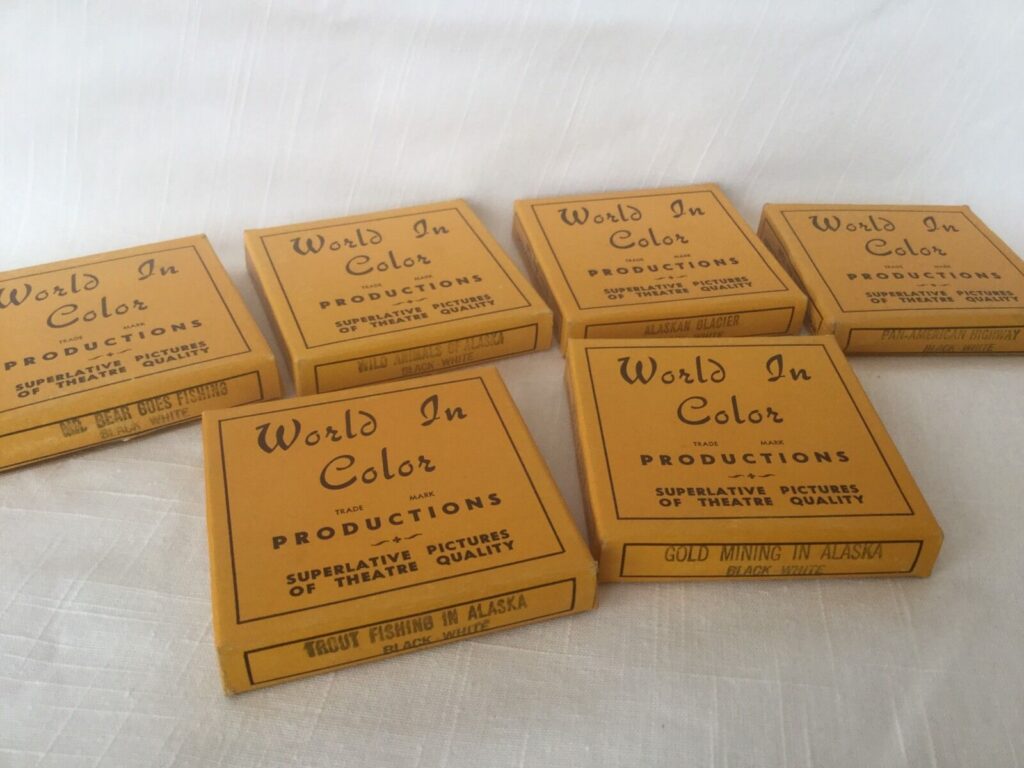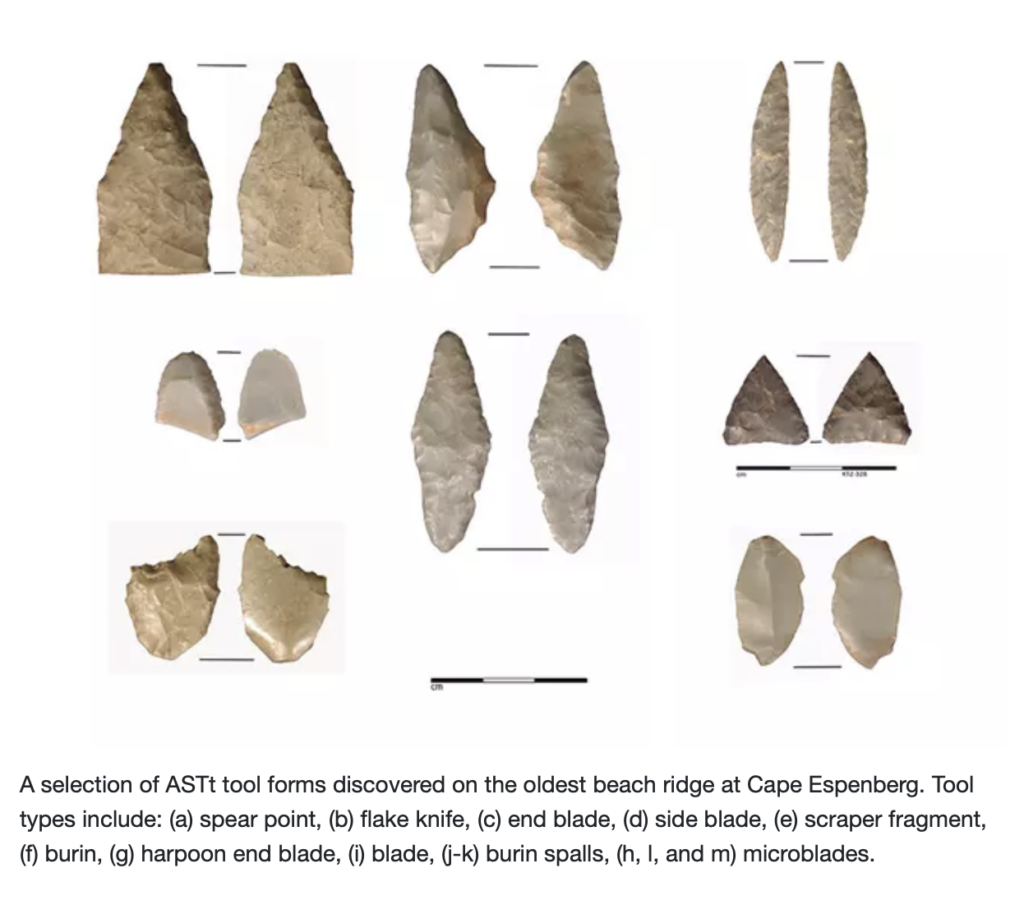I chose the historic 8mm film and group of stone tools for this assignment. The 8mm film is listed on Ebay as, “6 Vintage World In Color Productions 8mm Movies Of Alaska,” for $40. That sounds like a steal of a deal to me. Until I receive the 8mm film in the mail after purchases it on Ebay, I will not know what kind of condition it’s in. The Ebay seller does not say what kind of damage has occurred and that the quick inspection “shows them to be in a good playable.” Hopefully, the film is playable and there are no challenges such as mold/fungus, decomposition, distortion, or shrinkage. If so, I would enlist the help of professional film conservators like sending the films in FilmCare.org. However, if there are no problems with the film, I will proceed to migrate all of them into digital format for preservation. After the migration is complete, I will keep the 8mm film stored in a dark away from sunlight cool and dry place, maintaining a 40-degree temperature with a 40% humidity range to preserve the film. No plastic or airtight container so the film can still breath and all the labelling and containers will consist of acid-free materials.

In the case of the group of stone tools, I would ensure they are also stored in acid-free materials in a cool and dry place. Defending off agents of deterioration such as fire damage, thievery, and pollutant and just because they will be boxed and stored away, I would never neglect them for too long…allowing them to not be inspected for long periods of time. Other than tagging the artifacts and making sure they are documented, cataloged, and archived properly, I would take photos and get each tool 3D scanned so there will always be a digitized file on each of the artifacts as well. Preventing dissociation… allowing the stone tool artifacts to be separated from their documentation is another important step in preservation.

My question is, how much money are you willing to spend to preserve the items you have chosen for this assignment?